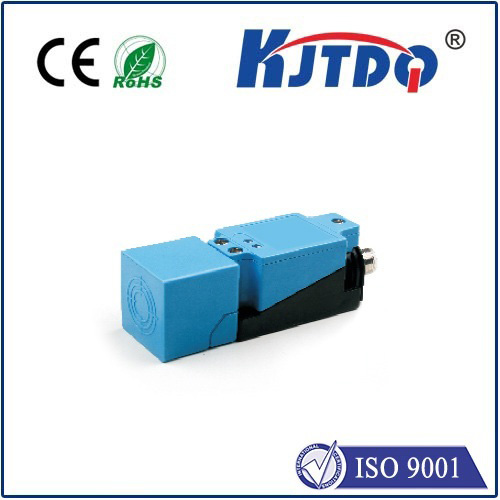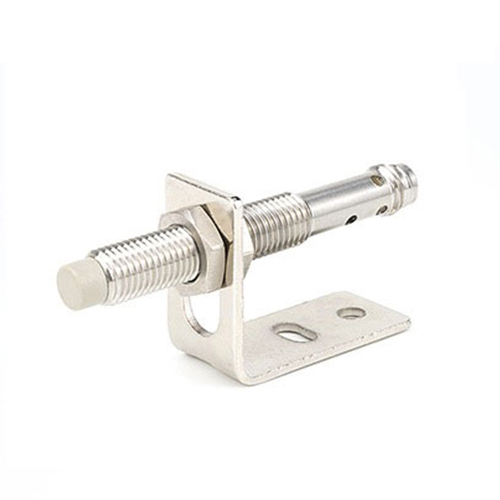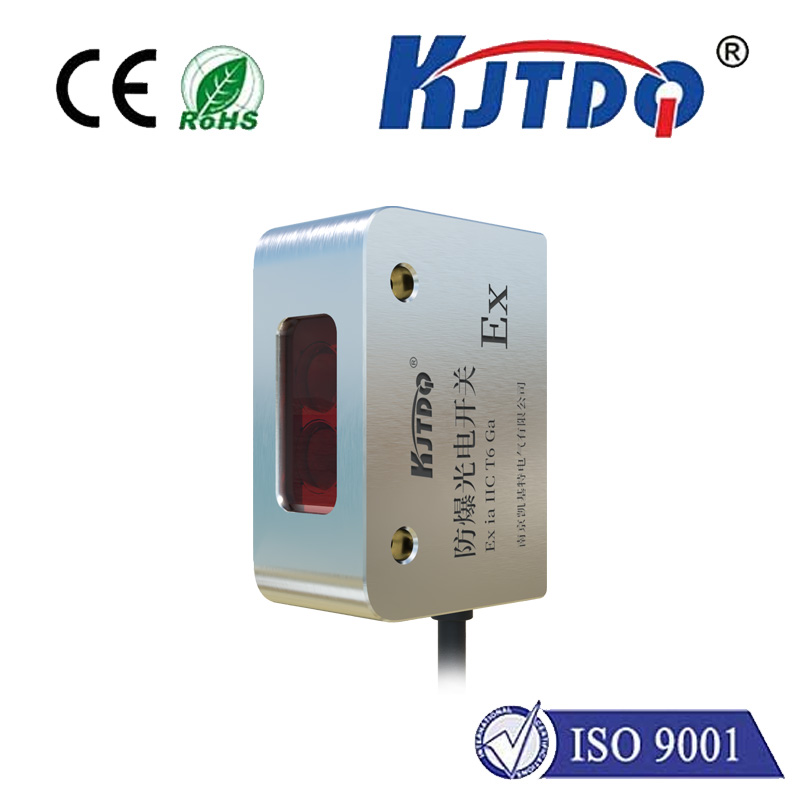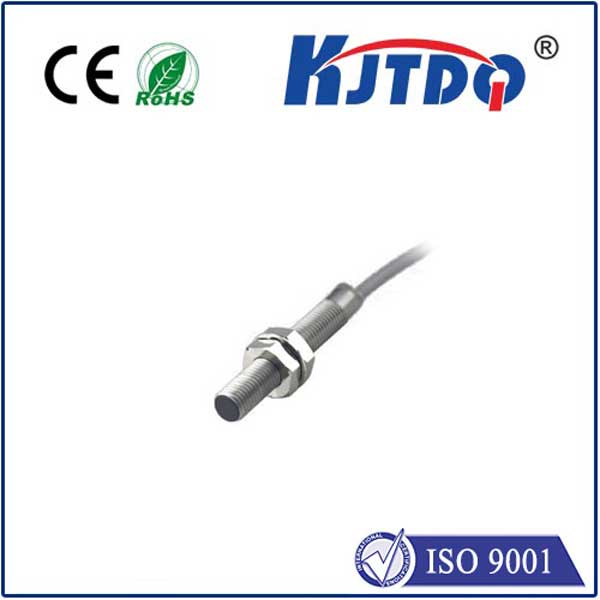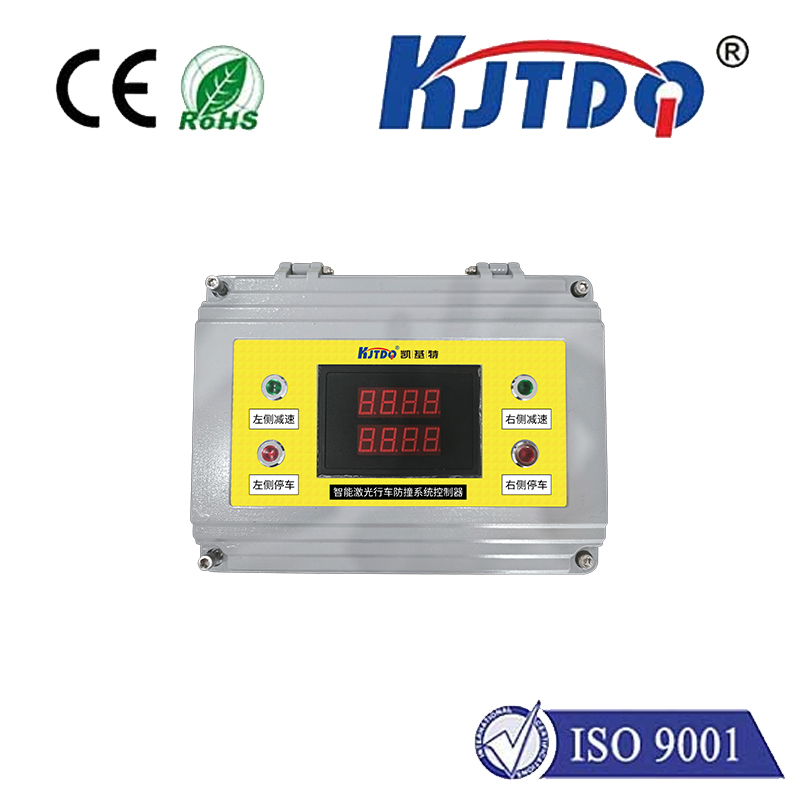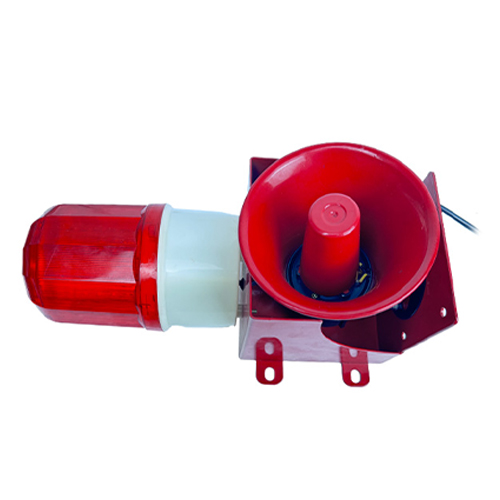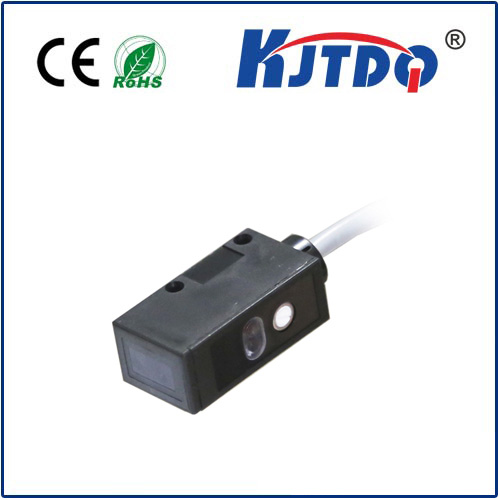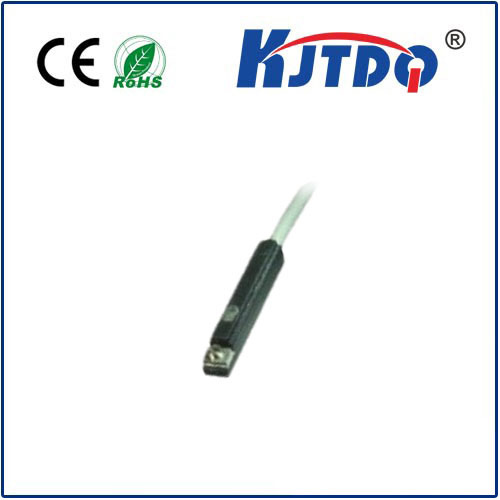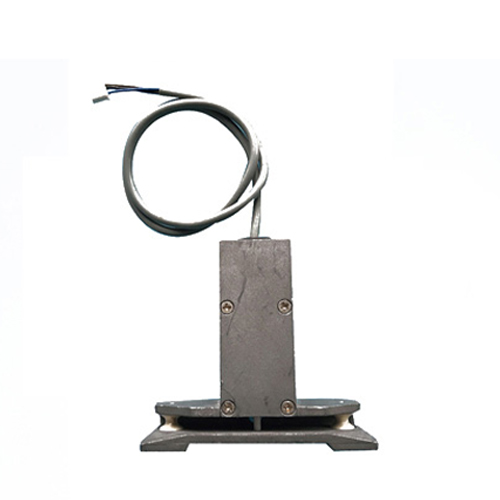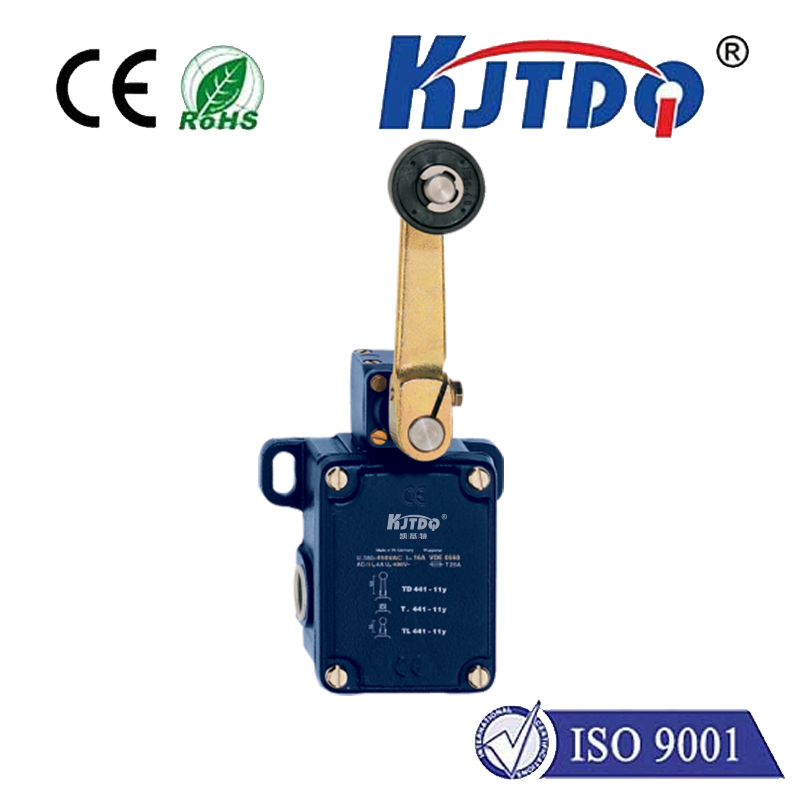proximity limit switch
- time:2025-07-30 13:05:51
- Click:0
Proximity Limit Switches: The Silent Sentries of Modern Automation
In the intricate dance of modern manufacturing and industrial processes, precision and reliability are paramount. Machines move with astonishing speed and accuracy, robotic arms weld and assemble with micron-level precision, and conveyor systems shuttle components seamlessly. Yet, behind this symphony of motion lies a critical, often unsung hero ensuring safety, positioning accuracy, and repeatability: the proximity limit switch. Understanding its function and significance is key to appreciating the backbone of automated control systems.
Unlike their mechanical ancestors, proximity limit switches operate without physical contact. They are non-contact sensors designed to detect the presence (or absence) of a metallic or sometimes non-metallic target object within a specified range – their sensing distance. When the target enters this predefined zone, the switch’s internal state changes electronically, sending a clean, unambiguous signal to the control system. This signal acts as a fundamental command: “The object has reached its limit,” or “The component is in position.”
How Do Proximity Limit Switches Actually Work?
The most common type, the inductive proximity sensor, relies on electromagnetic principles. Here’s a simplified breakdown:
- Generating the Field: The sensor contains an oscillator circuit generating a high-frequency alternating electromagnetic field at its active face.
- Field Disturbance: When a conductive metal target (like steel, aluminum, copper) enters this field, eddy currents are induced on the target’s surface.
- Energy Drain: These eddy currents draw energy from the sensor’s oscillating circuit.
- Detection Threshold: As the target gets closer, more energy is drained. Once the energy loss surpasses a critical threshold (determined by the set sensing distance)…
- Signal Change: …the sensor’s internal circuitry triggers. This typically changes the state of its solid-state output (e.g., from OFF to ON for an NPN or PNP transistor output).
- Control Action: This output signal is read by the PLC (Programmable Logic Controller) or machine controller, initiating the programmed action – stopping a motor, reversing direction, starting a new sequence, confirming placement, or activating a safety interlock.
Other types exist, like capacitive sensors for non-metallic targets (plastics, liquids, wood) detecting changes in capacitance, or photoelectric sensors using light beams (though these are often categorized separately). However, inductive proximity switches dominate in demanding industrial environments for metallic object detection.

The Compelling Advantages: Why Choose Proximity Technology?
Replacing traditional mechanical limit switches with proximity variants offers significant operational benefits:
- Non-Contact Operation: The single biggest advantage. No physical impact means no moving parts to wear out, jam, or break due to repeated strikes. This translates directly to vastly extended service life and minimal downtime for replacements. Friction, bounce, and mechanical failure become obsolete concerns.
- Exceptional Speed & Reliability: Electronic switching is incredibly fast, handling high-frequency operations seamlessly. They provide a clean, bounce-free signal perfect for modern digital control systems, ensuring consistent and accurate triggering every time.
- Environmental Resilience: Designed for tough industrial settings, quality proximity limit switches boast impressive resistance to dirt, dust, oil, moisture, and vibration. Many achieve high IP (Ingress Protection) ratings (e.g., IP67, IP69K), allowing reliable operation even in washdown areas or foundries.
- Minimal Maintenance: The lack of moving parts inherently means significantly reduced maintenance requirements and associated costs. Sealed housings protect the internal electronics from harsh contaminants.
- Versatility in Sensing: While primarily for metals, variations cater to specific needs – shielded sensors for flush mounting, non-shielded types offering longer ranges, high-temperature models, and all-stainless-steel bodies for corrosive or hygienic environments.
Where Are Proximity Limit Swines Essential? Key Applications
Their unique capabilities make proximity limit switches indispensable across countless industries:
- Position Control: Confirming the end-of-travel for linear actuators, cylinders (pistons), slides, lifts, and gantry systems. Providing mid-stroke position verification.
- Machine Safety: Implementing safety interlocks on guards, doors, and hatches to prevent machine operation when access is possible.
- Conveyor Systems: Detecting the presence/absence of products, controlling accumulation zones, and signaling package positioning for sorting or labeling.
- Automated Assembly: Verifying component presence in fixtures, confirming tool positioning (e.g., in CNC machines), and detecting part orientation.
- Robotics: Providing precise feedback on end-effector location and workpiece detection for pick-and-place operations.
- Material Handling: Monitoring hoist/crane positioning, confirming pallet presence on automated guided vehicles (AGVs).
- Packaging Machinery: Controlling fill levels (via capacitive sensors), detecting film or carton presence, and ensuring proper sealing head closure.
Selecting the Right Proximity Limit Switch
Choosing the optimal sensor requires careful consideration:
- Target Material: Primarily ferrous metal (steel)? Non-ferrous (aluminum, brass)? Non-metallic? This dictates whether you need an inductive, capacitive, or perhaps magnetic sensor.
- Required Sensing Distance: The maximum distance at which the sensor must reliably detect the target. Inductive sensor range is typically rated for standard steel and reduces for other metals (factor of reduction matters).
- Mounting Constraints: Space limitations? Need a shielded sensor (can be flush-mounted in metal) or non-shielded (requires clearance around the sensing face, offers longer range)?
- Output Configuration: Does the control system require a Normally Open (NO) or Normally Closed (NC) signal? What voltage level (e.g., 10-30V DC)? NPN (sinking) or PNP (sourcing) transistor output?
- Environmental Conditions: Exposure to extreme temperatures, chemicals, washdowns, heavy dust, or intense vibration? Dictates IP rating, housing material (e.g., nickel-plated brass, stainless steel), and temperature specifications.
- Response Frequency: How fast does the target move? The sensor must be able to reliably detect targets passing at the machine’s operational speed.
Integration and the Future
Integrating proximity limit switches is generally straightforward. Their typically robust M8, M12, or M18 threaded cylindrical bodies and standardized cable connections (or quick-disconnect options) simplify mounting and wiring. Connectivity with Industrial Internet of Things (IIoT) platforms is evolving, with some sensors offering IO-Link communication. This provides additional diagnostic data (sensor health, temperature, operating cycles) beyond the simple ON/OFF signal, enabling predictive maintenance and deeper process insights. Solid-state reliability and non-contact sensing remain core advantages driving ongoing adoption and refinement.
The proximity limit switch exemplifies how a seemingly simple component is fundamental to modern industrial efficiency, safety, and precision. Its silent, reliable operation underpins countless automated processes, proving that sometimes the most crucial roles are played not by the loudest performers, but by the dependable sentinels standing watch.












